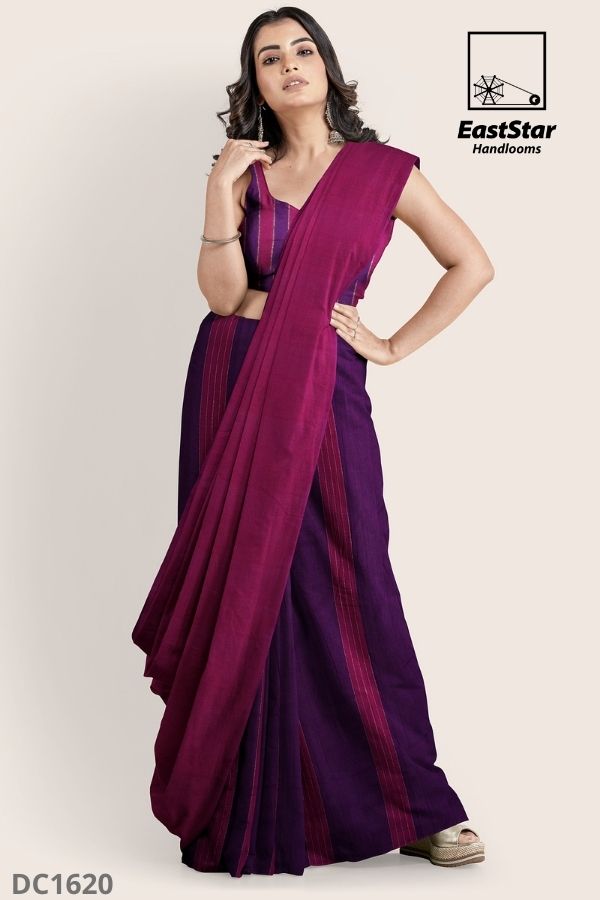Buy The Trendy Handloom Cotton Sarees – Go Online And Buy Now
Sarees made by hand are very popular all over the world. Handloom sarees are available in a wide range of designs, from the basic to the elaborate, from cheap to expensive. Naturally, handloom sarees have a few distinctive features that make them appealing for special occasions. Because of their characteristics and individuality, handloom sarees are unquestionably more appealing to women all over the world.
Every entrepreneur who enjoys handloom is bringing traditional handloom sarees back into fashion by visiting various regions to learn about the intricate details. Handloom is firmly ingrained in Sri Lankan culture. You can always opt for the Fashion Cotton Sarees to make your style statement.
Handloom sarees can be purchased for several reasons, but the fact that they are available in a wide variety of textiles is what makes them most appealing. Handloom sarees are available in a wide range of exclusive fabrics, including silk and cotton.
Cotton (Jamdani, Tangail, Bengal Handloom, Shantipiri, and Dhaniakhali), silk (Mulberry Silk, Tussar Silk, Baluchari, and Muga Silk), and cotton silk sarees are divided into main categories and subcategories (Chanderi, Kota Doria, Covai Kora Cotton, Maheshwari, and IIkal). There are so many different types of handlooms to choose from. Unique motifs and patterns on handloom sarees speak volumes about the century-old art of weaving.

Handloom Cotton Sarees
How are sarees made of handloom?
When making a handloom sari, Handloom Cotton Sarees, ropes, wooden beams, and poles make up a shuttle-pit loom. The shuttle is thrown side to side across "Tarsbhullar" by the weaver. A fly-shuttle loom is used by other weavers to create a variety of patterns. Saris are available in a variety of sizes and materials.
